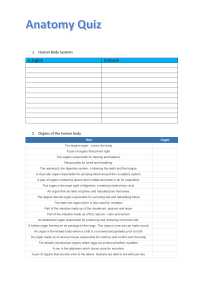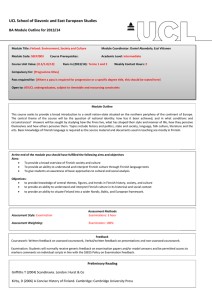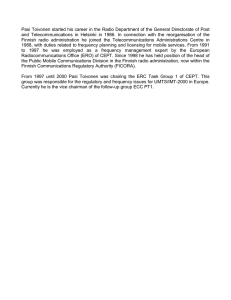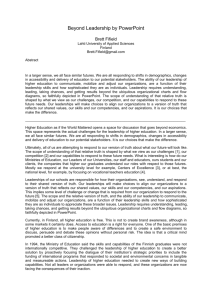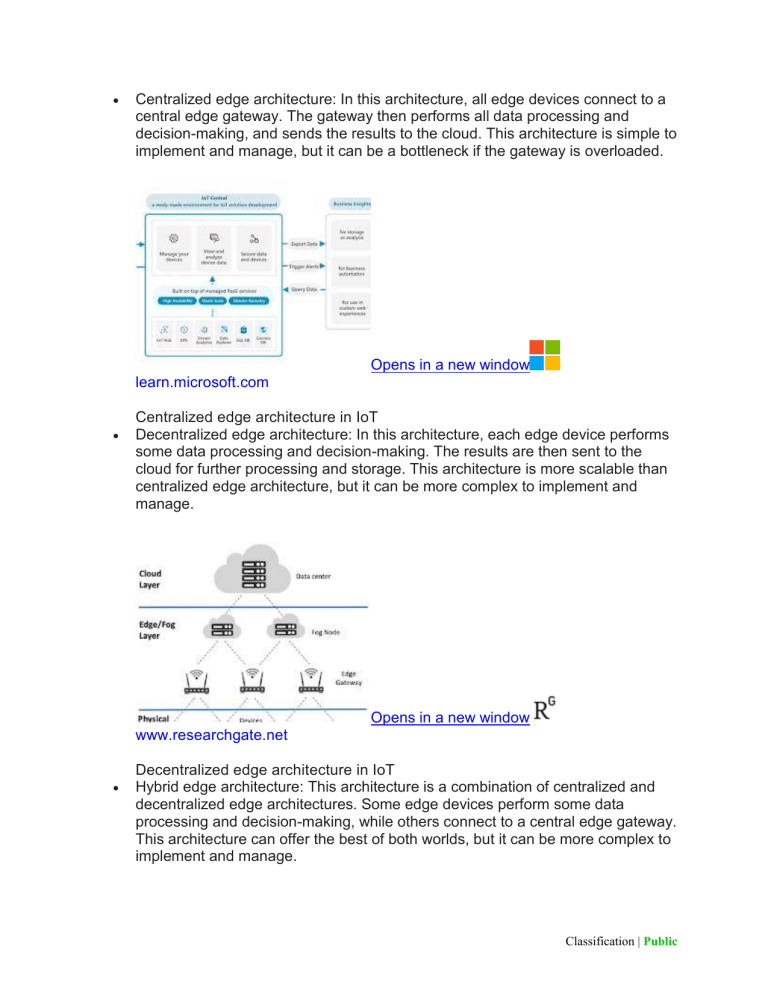
Centralized edge architecture: In this architecture, all edge devices connect to a central edge gateway. The gateway then performs all data processing and decision-making, and sends the results to the cloud. This architecture is simple to implement and manage, but it can be a bottleneck if the gateway is overloaded. Opens in a new window learn.microsoft.com Centralized edge architecture in IoT Decentralized edge architecture: In this architecture, each edge device performs some data processing and decision-making. The results are then sent to the cloud for further processing and storage. This architecture is more scalable than centralized edge architecture, but it can be more complex to implement and manage. Opens in a new window www.researchgate.net Decentralized edge architecture in IoT Hybrid edge architecture: This architecture is a combination of centralized and decentralized edge architectures. Some edge devices perform some data processing and decision-making, while others connect to a central edge gateway. This architecture can offer the best of both worlds, but it can be more complex to implement and manage. Classification | Public Opens in a new window www.researchgate.net Hybrid edge architecture in IoT Fog computing architecture: Fog computing is a type of edge computing that is designed to provide computing, storage, and networking services to IoT devices at the edge of the network. Fog computing is often used in applications where latency is critical, such as self-driving cars and industrial automation. Opens in a new window www.semanticscholar.org Fog computing architecture IoT Here are some examples of IoT edge architecture designs: Factory automation: In a factory automation application, edge devices could be used to collect data from sensors and actuators. The data could then be processed and analyzed at the edge to make real-time decisions, such as Classification | Public controlling the speed of a conveyor belt or adjusting the temperature of a machine. Smart city: In a smart city application, edge devices could be used to collect data from traffic sensors, weather sensors, and other sensors. The data could then be processed and analyzed at the edge to make real-time decisions, such as controlling traffic lights or issuing weather alerts. Healthcare: In a healthcare application, edge devices could be used to collect data from medical devices, such as heart monitors and glucose meters. The data could then be processed and analyzed at the edge to make real-time decisions, such as alerting a doctor to a patient's condition or sending a notification to a patient's caregiver. The best IoT edge architecture design for a particular application will depend on the specific requirements of the application. However, the three architectures described above can provide a good starting point for designing an IoT edge architecture. Here are some tips on how to find an IT job in Finland: 1. Research the Finnish IT industry: Finland is a global leader in the IT industry, and there are many opportunities for IT professionals. Before you start your job search, it's important to research the Finnish IT industry and understand the different types of jobs that are available. 2. Network with Finnish IT professionals: Networking is a great way to find out about job openings and to get your foot in the door. Attend industry events, connect with Finnish IT professionals on LinkedIn, and reach out to your contacts to see if they know of any open positions. 3. Use online job boards: There are a number of online job boards that list IT jobs in Finland. Some of the most popular job boards include: o Monster.fi o LinkedIn o Tekla.fi o Helsinki.fi o Rekrytointi.com 4. Contact Finnish IT companies directly: If you're interested in working for a specific Finnish IT company, you can contact them directly to inquire about job Classification | Public openings. Many companies have a careers page on their website where you can find information about open positions and how to apply. 5. Consider using a recruiter: A recruiter can help you find an IT job in Finland. Recruiters have a network of contacts and they can help you identify open positions that match your skills and experience. Here are some additional tips: Make sure your CV and cover letter are tailored to the Finnish market: Your CV and cover letter should be tailored to the Finnish market. This means using Finnish keywords and phrases, and highlighting your skills and experience that are relevant to the Finnish IT industry. Be prepared to learn Finnish: While English is widely spoken in Finland, it's helpful to be able to speak some Finnish if you want to work in the IT industry. Finnish is a relatively easy language to learn, and it will make you more marketable to Finnish employers. Be patient: The job market in Finland can be competitive, so it's important to be patient. Don't give up if you don't find a job right away. Keep networking, applying for jobs, and learning Finnish, and eventually you'll find the right job for you. I hope these tips help you find an IT job in Finland! Classification | Public
